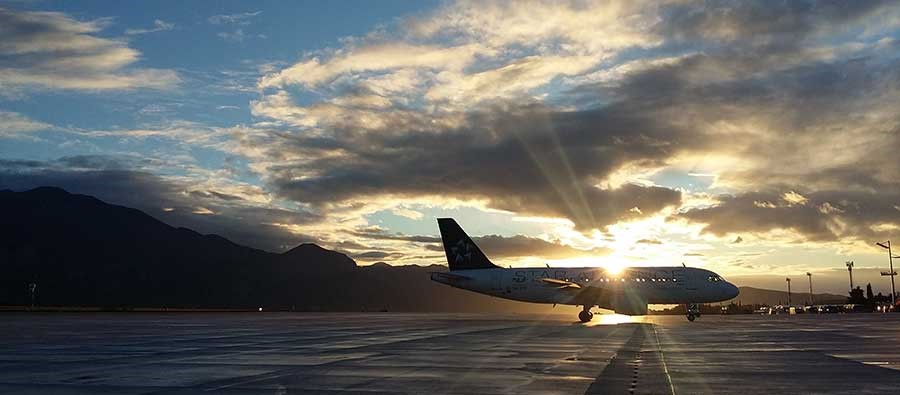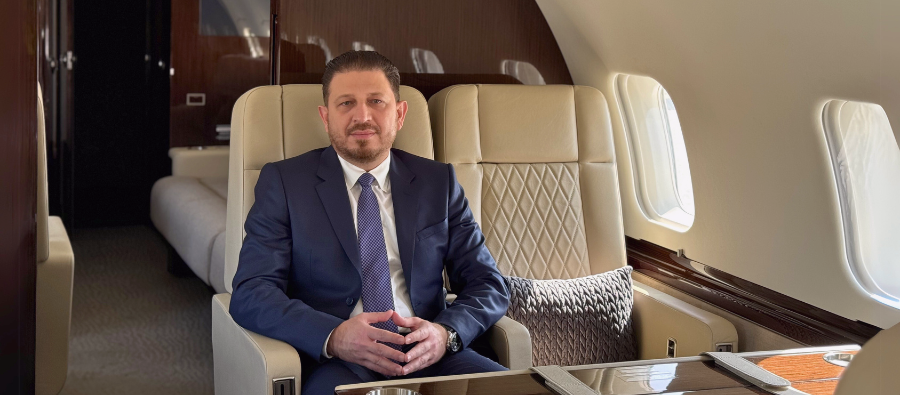COVID-19 perspectives from East Africa: The COVID-19 pandemic and lockdowns resulted in an unprecendent situation for aviatiors around the globe. In East Africa, we were presented with a number of operational challenges we had to overcome to ensure our clients’ missions went smoothly.
The challenges
A major challenge that came with COVID-19 revolved around the accuracy and frequency of information across the region. Because airport closures and other interventions happened so quickly, some details like conditions for tech stops and night stops were not well explained. In Kenya, for example, it took time for authorities to confirm that a flight arriving for crew night-stop did not require a diplomatic permit. In other countries like Burundi, such a flight was not allowed at all. Whereas in Djibouti, they claimed to allow night stops but declined to issue permits. Different countries adopting different conditions leads to a lot of confusion and operators require constant updates.
Communication has also been a challenge. Countries have been using various methods to disseminate information. While the majority send NOTAMs, they are vague and do not give the minor details – especially what operators want to know such as airport operating hours, the procedure for permits, and so on. Only a few have issued very detailed and specific advisories notably Kenya, Seychelles, Uganda, and Rwanda. There has been almost no information from the likes of Burundi and Eritrea so we have to rely on what we are told directly by our CAA contacts.
Common scenarios
Some of the common scenarios that have emerged include the use of Personal Protective Equipment (PPE) as part of daily life. At all airports, it is mandatory to wear face masks and sanitize hands at every opportunity. I always carry a small bottle of hand sanitizer and a few spare masks just in case.
Because of gaps in information flow and the need to keep clients up to date, I have become even closer to my established contacts within regional CAAs. This enables quick updates whenever COVID-19 conditions change and allows me to keep the Operations team up to date.
Finally, because of the curfew in Kenya, movement is restricted at night and when a flight arrives or departs within curfew hours, there is the challenge of obtaining documents from authorities to allow one to move about. The same applies to other countries where curfews are in place.
Client priorities and concerns
Currently, the top priorities for our clients are accurate and updated information on the conditions of entry and exit at each location.
They also need to be guaranteed that their crew will have a smooth passage through the airport and to their accommodation. Most importantly, clients need to be sure that adequate measures have been taken to ensure the crew is safe from exposure to the virus.
Clients are concerned about the exact procedure of entry into a country. Are COVID-free certificates required? What are the health protocols? Is there testing of COVID-19 on entry and what happens if someone is found to be positive? What is the condition of the quarantine facilities or hotels? The 14-day mandatory quarantine ranks highest among the client’s concerns. While it does not apply to the crew at any location in East Africa, clients still want to be sure that this is not a possibility.
These concerns are geared towards ensuring crew members do not get inconvenienced by having to go through procedures that were not anticipated such as forced quarantine.
Most locations have very similar issues. The only difference is that some airports are more restrictive. For example, while night stops are allowed in Kenya for the crew of private flights, this is not the case in Djibouti or Uganda. In Tanzania, airports have been fully open to flights since May 18 unlike any other location on the continent.
The entry conditions are almost the same at all locations as they follow guidelines issued by the World Health Organization (WHO). Passengers and crew must fill in Health Surveillance forms immediately on arrival and Port Health officials are the first point of contact. Temperature screening is standard procedure at all entry points in the region.
All airports in the region except Bujumbura (Burundi) and Asmara (Eritrea) allow technical stops where there is no embarkation or disembarkation of crew or passengers.
Operational differences
COVID-19 has brought about new and interesting operational perspectives. While interacting with the crew was previously common practice, now it is not encouraged. The need to keep distance means we cannot speak closely with crew or passengers. I cannot enter the aircraft as I used to before and must keep a safe distance from everyone.
Crew accommodation is strictly limited based on proximity to the airport. In Nairobi, for example, only two hotels that are within the airport– the Four Seasons by Sheraton and the Crown Plaza – are designated for crew. In Uganda, they can only use the Protea Hotel that’s located 5 minutes from the terminal building.
Crew transport must be well organized to ensure vehicles are sanitized after every trip and that there is enough room to allow for social distancing. In Kenya, only the designated airport hotels are authorized to provide crew transport. The same applies to Ethiopia where the process is coordinated by the government.
Countries reopening
Moving forward, many countries in the East Africa region are relaxing their rules in the coming weeks and are planning to re-open airports for international flights. These include Kenya, Rwanda, Seychelles, and Djibouti.
Operators need to be aware of the strict conditions that are in place and could be enhanced further with the re-opening.
COVID-free certificates are a requirement in most countries for crew and passengers and tests must have been done at least 72 hours before commencement of the journey. This period may vary with countries – Kenya requires at least 96 hours prior – but the requirement for negative PCR tests is standard across the region, including Tanzania.
Passengers should expect to either be quarantined for 14 days on entry or be subjected to self-quarantine at their homes. This is also standard across the region.
Governments are maintaining strict control of visitor movements when they enter countries. Passengers should, therefore, expect to provide details of their travel itineraries on entry as well as their contact details. Some countries like Seychelles have allowed tourists to visit only a few designated islands within the country.
As is the case all over the world, for aviation in East Africa, COVID-19 has brought about a new ‘normal’. We have learned to adapt to doing things differently. Things are changing rapidly, and operators are best advised to acquaint themselves with the latest updates for every region by contacting UAS before they plan their trips.
For supervision in Africa or support with your flight operations, contact UAS





